Results 1,751 to 1,760 of 12096
Thread: Anandtech News
-
03-29-12, 02:10 PM #1751
Anandtech: Corsair Obsidian 550D: Starting to Specialize
We've been keeping track of the evolution of Corsair's line of enclosures since the Graphite 600T was released. Even as the newer enclosures generally found themselves lower and lower in price, there was a clear evolution as Corsair's engineers gained more experience and confidence with their designs. Yet each new design up to this point has been a little bit of refinement and a little bit of experimentation without any specific specialization. That changes with the 550D.
There's definitely some experimentation going on here, and there has to be: the Corsair Obsidian 550D is the first case Corsair has engineered specifically for silent running. That's not all they've experimented with, though, as you'll soon see. Read on to see how the 550D handles our new and improved case benchmark suite, and if it can actually fill the role of a PC that's seen and not heard.
More...
-
03-29-12, 02:50 PM #1752
Anandtech: Microsoft Talks Windows 8 Touch Experience on Windows 7 Tablets
Microsoft's Jerry Koh and Jeff Piira gave some insight into the Windows 8 touch experience in yet another Building Windows 8 blog post yesterday. They talked specifically about the type of touch hardware that would be required for Windows 8-certified tablets - the touchscreens in Windows 8 and Windows on ARM tablets will need to recognize at least five simultaneous inputs, have good edge detection, and accurately register 95% of all touch input.
To ensure a decent experience on Windows 7 tablet hardware, the gestures needed for basic OS navigation require no more than two fingers, though tablets with limited multitouch capabilities may not be able to use apps or features that require more complex gestures. To compensate for tablet hardware with poor edge detection, Windows 8 can use a 20 pixel buffer around the screen that it uses to help register edge gestures, but the space used for the buffer cannot be used to register other touch input. Various sensitivity issues may also cause problems with individual taps, swipe to select, swipe and slide, and swipe from edge on Windows 7 tablets.
For more information, including specific Windows 7 tablets that Microsoft has used for internal testing, the full post is linked below.
Source: Building Windows 8 blog
More...
-
03-29-12, 09:10 PM #1753
Anandtech: AMD Releases Catalyst 12.3 Drivers, Adds 7800 Series Support
AMD has released the latest version of its Catalyst graphics driver package for 32-bit and 64-bit versions of Windows XP, Vista, and 7. This version of the drivers introduces support for the Radeon HD 7800 series under Windows Vista and 7 - the 7700 and 7900 series cards were added in the last release, meaning that the Catalyst drivers now support the complete lineup of 7000-series cards. Windows XP support for these cards is slated to be introduced next month in Catalyst 12.4.
The new drivers also fix issues in a number of games, including a texture corruption bug in Skyrim that some of you mentioned was a problem with the 12.2 drivers. Other resolved issues include bugfixes in games like HAWX, Quake 4, XPlane, Alan Wake, and Far Cry 2, a crashing bug in the Furmark benchmark, and startup issues with the Catalyst Control Center.
The drivers support all Radeon HD 2000, 3000, 4000, 5000, 6000, and 7000 series graphics cards, IGPs, and APUs except where otherwise noted in the release notes, which are linked below. Support for the mobile versions of these cards is provided only to Windows Vista and 7 users.
Source: AMD
More...
-
03-30-12, 10:50 AM #1754
Anandtech: Toshiba Portege R835: Less Ultra, More Notebook
With the deluge of ultrabooks stemming from Intel's initiative over the past few months, it's easy to forget ultraportables have been a part of the Windows PC landscape for quite some time. One of the unlikeliest sources was Toshiba; in 2010, a company that had been spending the last few years aggressively pursuing budget consumers produced a remarkably compelling ultraportable in the form of the Portege R700. We reviewed the R700 and found a lot to like, and Toshiba must have appreciated the notebook's excellent performance in both critical and commercial arenas.
Despite the steady march of progress with ultrabooks (due to get a shot in the arm very soon with Ivy Bridge), Toshiba's Portege R700 hasn't gone untouched. Toshiba refreshed it with the R835, keeping the same basic chassis but enjoying the benefits of Sandy Bridge hardware and USB 3.0 connectivity. Forced to compete in a market with ultrabooks, the R835 strengthens the R700's value proposition with models starting at just $799 and featuring full voltage mobile processors from Intel while maintaining the same portable form factor. Let's see how this ultraportable fares among it's ultrabook kin.
More...
-
03-30-12, 04:00 PM #1755
Anandtech: Chrome 18 Released to Stable Channel
Google Chrome 18 is working its way out to users' computers today after its release to the stable channel. As usual, the update brings a number of small feature and security enhancements to all users running the browser.
The new features both relate to graphics acceleration in the browser: it enables GPU-accelerated Canvas 2D to Windows and OS X users with supported GPUs. Canvas 2D is primarily used in games and had previously been implemented in software, but GPU acceleration for the feature had only been enabled in the beta channel. The other change takes a GPU accelerated feature, WebGL, and implements a software version for older computers via a product called Swiftshader. Software rendering is slower than GPU-accelerated rendering, naturally, but this at least extends basic functionality to users of unsupported and older configurations.
On the security side, there were nine bugs patched. While the specific exploits used against Chrome in this year's Pwnium competition had been fixed shortly after they were discovered, the new patches are the first of Google's efforts to harden the browser against similar exploits in the future.
Google Chrome can be downloaded here, and is compatible with Windows XP and higher, OS X 10.5 (Intel) and higher, and many Linux distributions.
Source: Google
More...
-
04-02-12, 11:40 AM #1756
Anandtech: LSI's Nytro MegaRAID Brings SSD Caching to SAS RAID Cards
At the beginning of the year LSI completed the acquisition of SandForce, the SSD controller maker we've been covering extensively since its arrival on the scene in late 2009. Although the SandForce business model hasn't changed as a part of the acquisition, LSI is definitely going to start leveraging its newly purchased assets to deliver more SF-powered, LSI branded solutions - particularly for the enterprise.
The first example of this is the new Nytro family of products. These are all PCIe NAND solutions, aimed at various targets in the enterprise, and based on SandForce's SF-2500 series of controllers.
The first member of the family is also the most obvious: the Nytro WarpDrive. Take either 4 or 8 SandForce controllers, put them behind an LSI 2008 SAS RAID controller, throw in a bunch of NAND, put it all on a PCIe 2.0 x8 card and you've got a Nytro WarpDrive. Capacities start at 200GB (SLC) and go all the way up to 3.2TB (MLC). The WarpDrive will be available in both half-height (4 x SF controllers, 1.6TB max) and full-height (8 x SF controllers, 3.2TB max) flavors. Later this year LSI will offer a PCIe 3.0 version of the Nytro WarpDrive that will enable speeds of up to 4GB/s. Pricing for the new WarpDrive will start at $6600 for the 200GB SLC model. The beauty of using an LSI SAS RAID controller on-board is that any OS with native support for the controller will, by default, support the Nytro WarpDrive.
The next product is a little more ambitious as it combines a Nytro WarpDrive with LSI's own SSD caching software into a solution called the Nytro XD ("xcelerated disk"). If you can't (or don't want to) fit all of your data on a single PCIe SSD, the Nytro XD allows you to use a WarpDrive to cache your direct attached storage (SAS) or SAN array (iSCSI, FC). The hardware is identical to the Nytro WarpDrive, but the XD package comes with LSI's caching software and a support contract. Prices start at $9400 including a 1-year support contract.
Last but not least we have the most interesting product in my opinion: the LSI Nytro MegaRAID. Take a standard MegaRAID SAS controller but combine it with on-board NAND, seamless caching and you've got a Nytro MegaRAID card. Without any additional software, all requests that are made to the RAID array attached to the Nytro MegaRAID card are cached in its on-board NAND. This completely redefines what we've come to expect from a RAID card and it can stand to deliver a pretty significant improvement in performance. Since the solution is entirely self contained you don't even need to install any caching software, the end user only sees a more-expensive MegaRAID card. Once again, as long as your OS has driver support for the MegaRAID controller (Windows, Linux, VMWare should be fine) then the Nytro MegaRAID will work. Pricing on the Nytro MegaRAID starts at $1699, although LSI isn't providing details on just how much NAND is on-board.
In order to help users decide on the right capacity/NAND type for their Nytro purchases, LSI is making available workload analysis software. It's called the Nytro Predictor software and it will look at the access patterns of your workload and give you recommendations as to what specific Nytro products would be best suited for your needs. As we found in our look at the enterprise performance of Intel SSDs, understanding your workload is absolutely necessary when it comes to picking the right SSD and NAND solution.
More...
-
04-02-12, 07:10 PM #1757
Anandtech: The 2012 iPad Followup: Galaxy Tab 10.1 LTE Comparison
As with all things in life, the job of reviewing a product spans a spectrum of options. At one end of the spectrum you have the quick hands on preview that masquerades itself as a review. At the other end you have the long term road test, spanning months of usage and truly addressing what the product is like to live with. Balancing needs on both ends of the spectrum is very difficult. Go too far to one side and you end up with nothing more than press release talking points. Go too far to the other and you end up with a review that’s potentially irrelevant by the time it’s published. My goal is to always strike a balance in delivering something deep that’s timely as well. Usually it comes at the expense of sleep, seeing as how there are a finite number of hours in a day.
Our recent review of the new iPad went into great detail on a number of topics – ranging from the display to the SoC, as well as discussing usability. I’ve got another post that I’ll do to talk about some findings on the usability side, but today I want to focus on something I left out of the original review: a comparison to Samsung’s Galaxy Tab 10.1 LTE. In the interest of not taking even longer to get the iPad review out, I trimmed the comparison points down to ASUS’ Transformer Prime and Motorola’s Xyboard for battery life and performance. As newer tablets, and with the TF Prime’s position as our favorite Android tablet, the comparison made sense. As many of you pointed out however, the Galaxy Tab 10.1 is also offered in an LTE flavor and would have made a great comparison. Before the TF Prime, there was the Galaxy Tab 10.1 and it was our most desired Android tablet for a while.
Read on for our quick comparison between this old favorite and the new iPad.
More...
-
04-03-12, 09:50 AM #1758
Anandtech: Intel SSD 313 Series Launched
A bit over a month ago, we reported that Intel's SSD 313 would be launching soon. We don't know when exactly the launch took place but the 313 has been added to Intel's product database (ARK) and Q1'12 is listed as the launch date. The 313 is the successor of Intel's first generation caching SSD, the Intel SSD 311. We first met the 311 when Intel introduced its Smart Response Technology (see our review). Right now, only Z68 chipset supports SRT but Ivy Bridge will widen the support and bring it to more mobile and business chipsets as well.
As we suspected back in February, the controller is the same as the one found inside Intel's SSD 311. This was confirmed by HWBox.gr. The 3Gbps controller dates back to 2009 when Intel X25-M G2 was released, although it's obviously running much newer firmware.Comparison of Intel 311 Series and 313 Series Series Intel SSD 313 Intel SSD 311 Codename Hawley Creek Larson Creek NAND Intel 25nm SLC Intel 34nm SLC Interface SATA 3Gb/s SATA 3Gb/s Controller Intel PC29AS21BA0 Intel PC29AS21BA0 Form Factors 2.5", mSATA 2.5", mSATA Capacities 20GB 24GB 20GB Sequential Read 220MB/s 160MB/s 190MB/s Sequential Write 100MB/s 115MB/s 100MB/s Random Read 36K IOPS 33K IOPS 37K IOPS Random Write 3.3K IOPS 4K IOPS 3.3K IOPS Street Price $120 $140 $119.50
The picture of the PCB also reveals the NAND configuration. HWBox's unit is a 20GB model and it has five NAND devices onboard. Not surprisingly, it's Intel NAND and manufactured using the new 25nm process node. Due to the die shrink, each NAND device consists of a single 4GB die. The previous generation used two 2GB dies per NAND device. It seems most likely that the 24GB model simply has an extra NAND device onboard, giving it a capacity of 24GB. Courtesy of HWBox.gr
Courtesy of HWBox.gr
The 313 seems to be priced identically to the 311. Price per GB is quite high at ~$6/GB, although that's fairly normal for SLC SSDs. NewEgg is already stocking the Intel SSD 313, making availability immediate.
Sources: Intel, Intel, HWBox.gr
More...
-
04-03-12, 01:40 PM #1759
Anandtech: Details on Intel SSD 330 Series
It's been a busy spring for Intel. The Intel SSD 520 series was released in February, and a month later, Sandy Bridge EP was released. Only another month or so after that and the Intel SSD 313 Series was released. The upcoming weeks look at least as busy because Intel is preparing Ivy Bridge and 7-series chipsets, but at the same time Intel has been preparing something else in the SSD front: the Intel SSD 330 Series. It will be the successor of 320 Series, Intel's current mainstream SSD offering, and we have some preliminary specs that we would like to share:
Note: These specifications are not official and have not been confirmed by Intel. These have been taken from resellers' websites and may contain inaccurate information.
If the specifications are correct, the 330 Series will finally bring SATA 6Gb/s support for Intel's mainstream SSDs. This is a very welcome feature because while the 320 Series isn't slow, it's still somewhat expensive when compared with the performance it provides. Other manufacturers' SATA 6Gb/s SSDs can look a lot more appealing as they are often 10% (or more) cheaper and the advertised speeds are over twice as fast.Intel SSD 330 Series Specifications Capacity 60GB 120GB 180GB NAND Intel 25nm MLC Interface SATA 6Gb/s Form Factor 2.5" Read Speed 500MB/s 500MB/s 500MB/s Write Speed 400MB/s 450MB/s 450MB/s 4K Random Read 12K IOPS 22.5K IOPS 42K IOPS 4K Random Write 20.5K IOPS 33K IOPS 52K IOPS Street Price $89 $149 $234
The actual controller is unknown but the capacities hint towards SandForce. That would make sense because Intel has spent a lot time and money on their SandForce driven 520 Series. The only part of the equation that doesn't make sense is the performance. We are used to seeing 550MB/s read and 500MB/s write on SandForce SSDs but the specifications we have seen so far show something else. The interesting part here is whether this is hardware or firmware related. We will have to wait and see.
As for the pricing, the 330 Series appears to be very competitive. Right now you can get the 80GB Intel 320 Series for $135, which is only $15 cheaper than the 120GB 330 Series. Once again, I would like to emphasize that these are by no means official prices and may change when retailers get some actual stock. Official availability is unknown but Amazon.co.uk is listing April 13 as the release date, which is ten days away. I also emailed the reseller we got the specifications from and will update this article once I receive a reply.
Sources: Jimms.fi, (1) (2)
More...
-
04-03-12, 04:50 PM #1760
Anandtech: Sony VAIO SE: An IPS Laptop for Under a Grand
Yes, folks, we finally managed to get someone to send us a mainstream laptop with an IPS display. Not that there are many choices; besides the Sony SE reviewed here, the only other options for anywhere close to a grand are the Lenovo X220 (which starts at around $1250, give or take) and the HP Envy 15 (which costs $1250 with the same 1080p panel as the VAIO SE). Sony’s VAIO SE costs less for the basic model, always comes with a 1080p display, and it has plenty of other cool features as well. But are there other areas where the SE falls short, or does the sum of the parts create something awesome?
Sony shipped us a higher spec unit for this review, but outside of the CPU most of the changes are pretty tame. The short summary is that if you’re after a decent mainstream laptop with a good display that won’t break the bank, it’s very difficult to come up with better options. Everything isn’t perfect, unfortunately, but there are very few laptops that don’t have one or two glaring flaws. Read on to find out the good and the bad (or merely okay) with the Sony VAIO SE, and find out if this might be worthy of your next laptop purchase.
More...
Thread Information
Users Browsing this Thread
There are currently 55 users browsing this thread. (0 members and 55 guests)






 Quote
Quote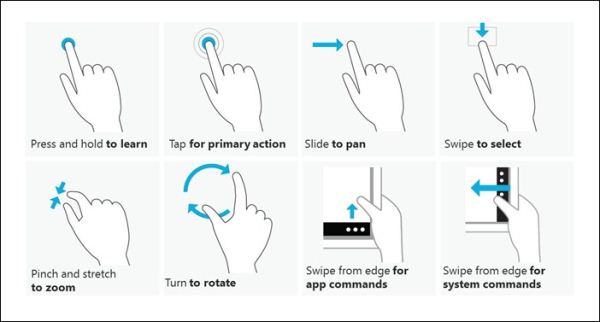
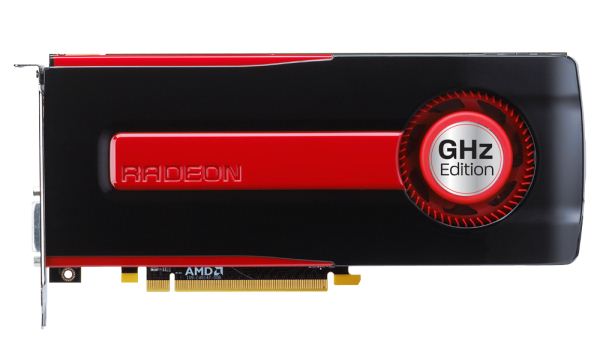

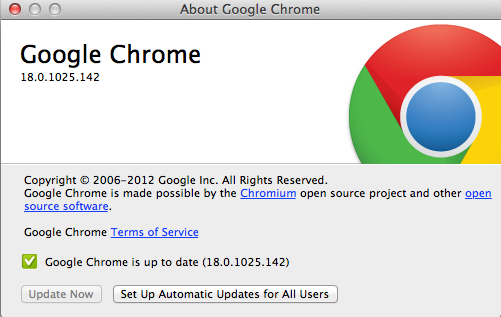
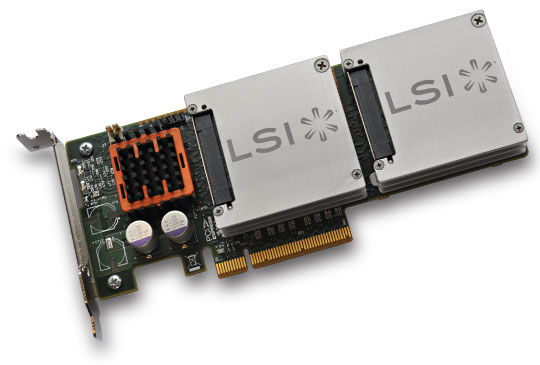
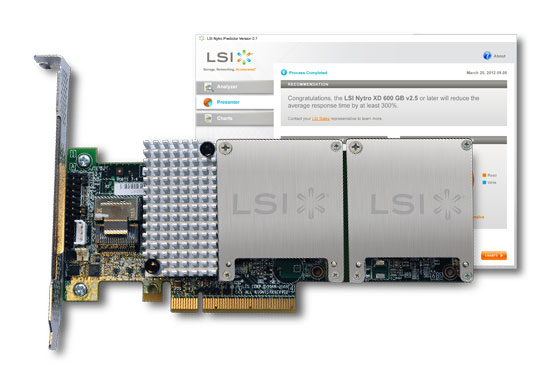
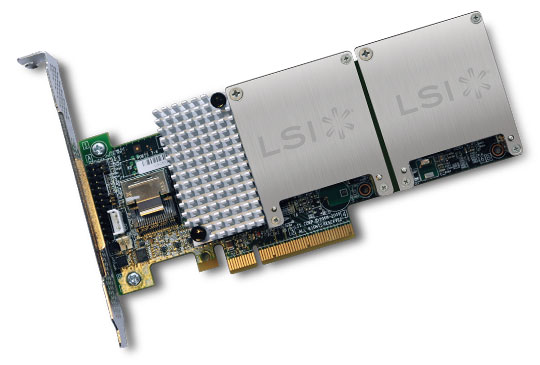

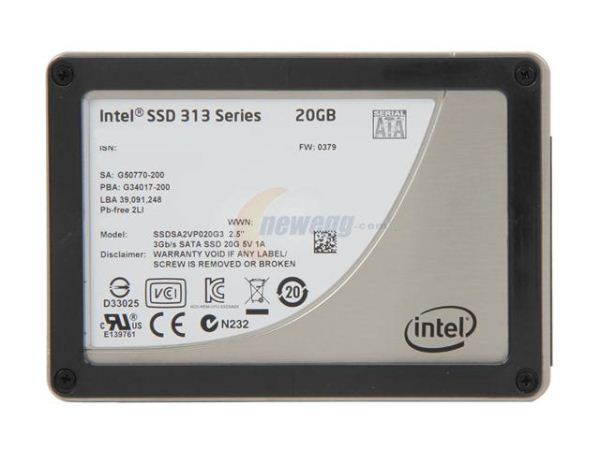
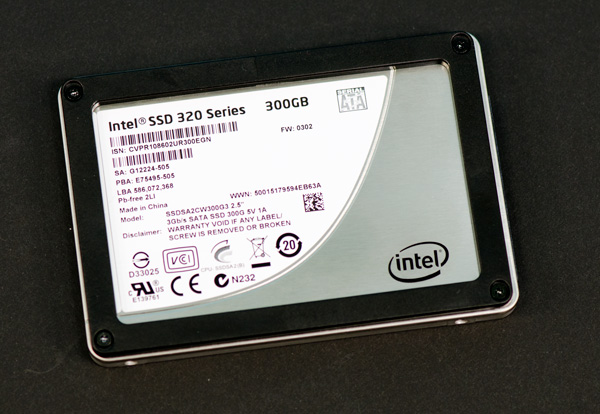
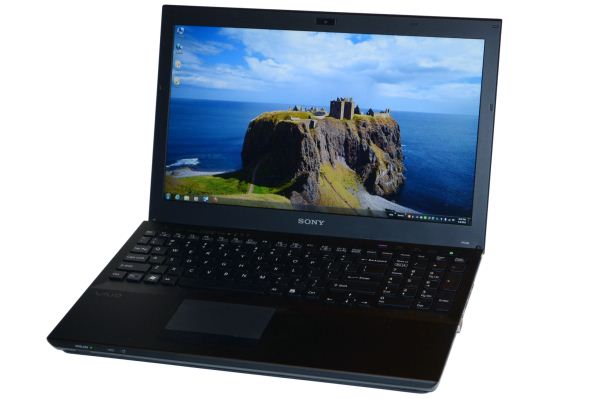
















Bookmarks